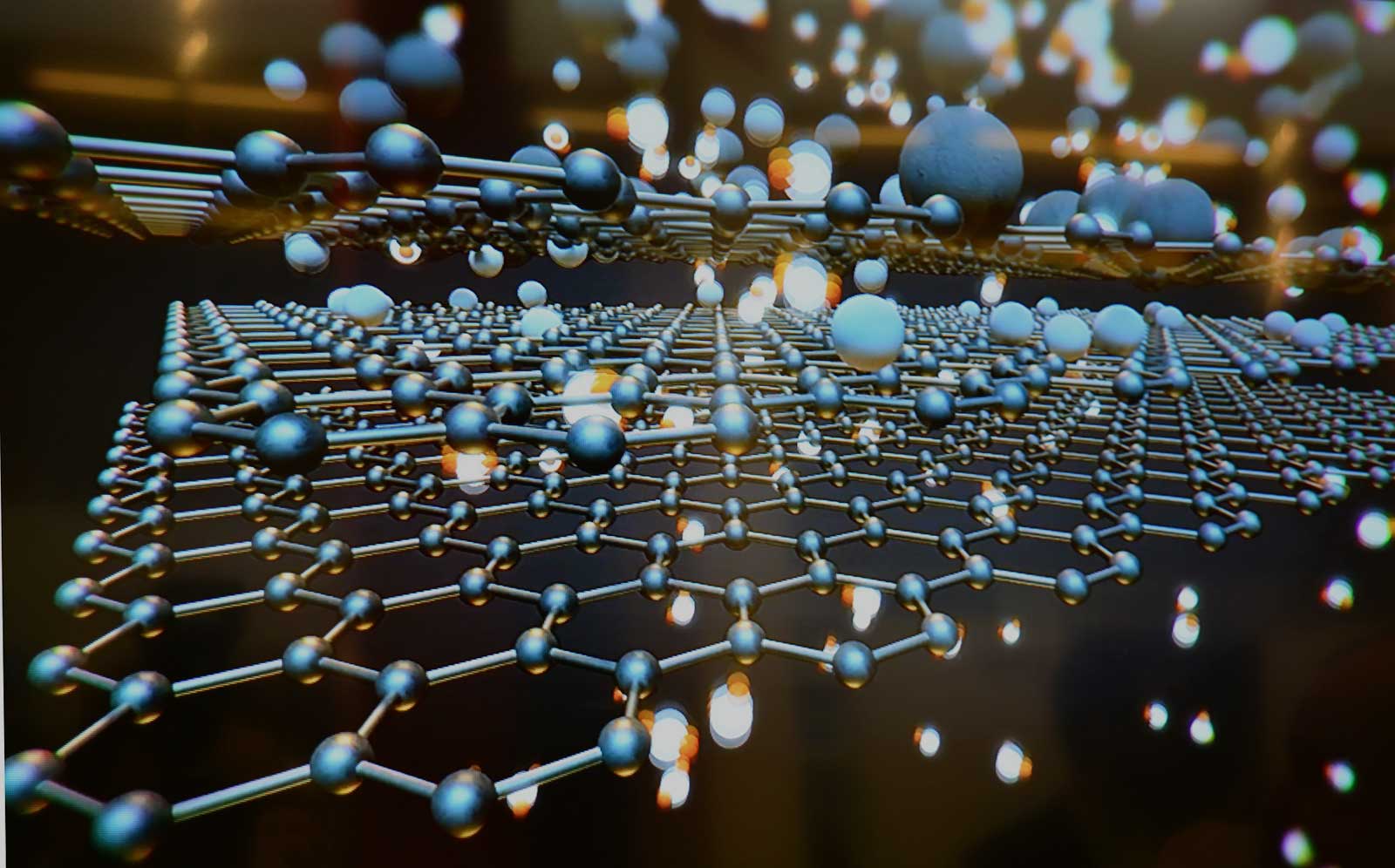Graphene Uses and Important Applications of Graphene
Graphene uses are reshaping modern science and technology. Known as one of the strongest and thinnest materials, graphene is opening new opportunities across medicine, electronics, and renewable energy. Its single-atom-thick carbon lattice delivers exceptional strength, flexibility, and conductivity—qualities that make it a standout for next-generation materials.
At Graphene Uses, we highlight the important uses of graphene that are shaping the future. From flexible displays and smart sensors to ultra-fast batteries and corrosion-resistant coatings, graphene continues to redefine what's possible in technology and engineering.
What Is Graphene?
Graphene is a one-atom-thick sheet of carbon arranged in a hexagonal lattice. First isolated in 2004, it combines remarkable tensile strength with high electrical and thermal conductivity. Because of these properties, graphene is often called a "wonder material" with broad potential across industries. For fundamentals, see our overview What Is Graphene?
Important Uses of Graphene in Medicine
In healthcare, graphene uses include biomedical sensors, drug delivery systems, and tissue engineering. Graphene's large surface area, tunable chemistry, and biocompatibility enable sensitive diagnostics, targeted therapies, and regenerative applications—making it one of the most important uses of graphene for human health.
Important Uses of Graphene in Electronics
Graphene's carrier mobility and flexibility are ideal for advanced electronics. Important uses of graphene include flexible screens, transparent electrodes, and research toward graphene transistors that could complement or surpass silicon in specific roles. These advances point to thinner, faster, and more energy-efficient devices.
Graphene Uses in Energy and Environment
Graphene plays a vital role in energy and sustainability. Graphene batteries and supercapacitors can improve charge rates, power density, and cycle life, while graphene coatings enhance corrosion resistance and durability. These are among the most important uses of graphene for a cleaner, more efficient future.
Future Applications and Important Uses of Graphene
Beyond today's deployments, researchers are exploring graphene uses in quantum devices, smart textiles, water filtration/desalination, and aerospace composites. As innovation accelerates, graphene's role across scientific and industrial frontiers will continue to expand.
Frequently Asked Questions (FAQ)
What are the most important uses of graphene?
The most important uses of graphene include applications in electronics, medical devices, coatings, sensors, batteries, and composite materials where strength and conductivity are essential.
Why is graphene important for the future?
Graphene's combination of high strength, electrical and thermal conductivity, and low weight enables breakthroughs in electronics, medicine, and renewable energy technologies.
Where is graphene used today?
Graphene is used in phone components, sensors, protective coatings, medical implants, energy storage systems, and advanced composites—demonstrating its versatility across many industries.
How does graphene improve batteries and energy devices?
Graphene can increase electrode conductivity and surface area, enabling faster charging, higher power density, and improved cycle life compared to conventional designs.
Who discovered graphene?
Graphene was first isolated in 2004 by physicists Andre Geim and Konstantin Novoselov at the University of Manchester, recognized by the 2010 Nobel Prize in Physics.

